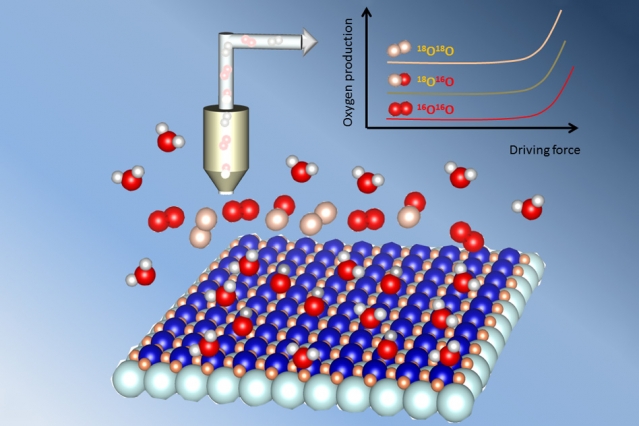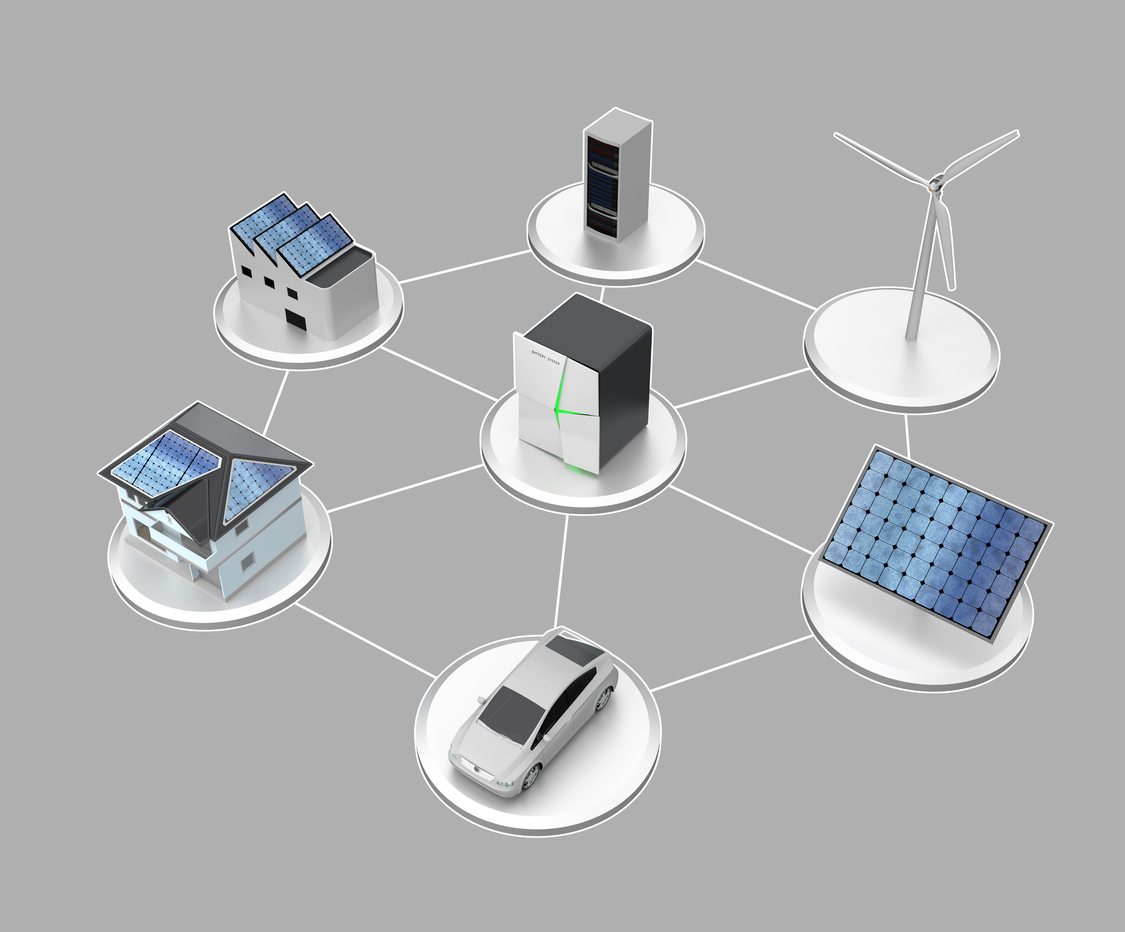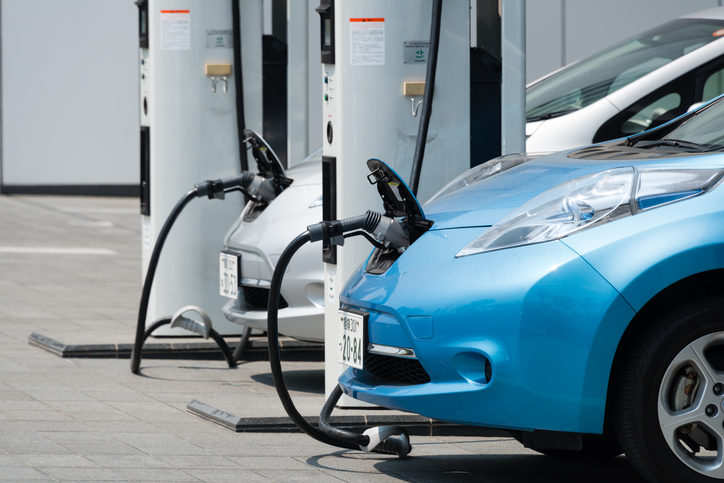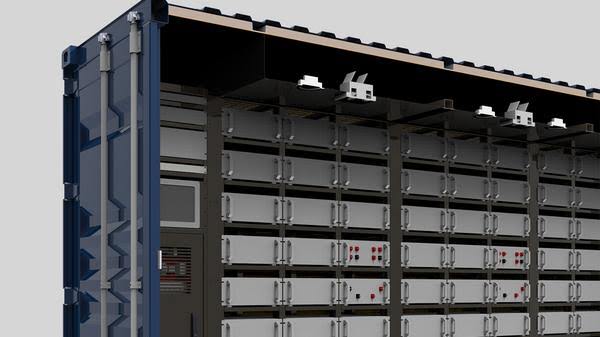 The ECS Toyota Young Investigator Fellowship kicked off in 2014, establishing a partnership between The Electrochemical Society and Toyota Research Institute of North America, aimed at funding young scholars pursuing innovative research in green energy technology.
The ECS Toyota Young Investigator Fellowship kicked off in 2014, establishing a partnership between The Electrochemical Society and Toyota Research Institute of North America, aimed at funding young scholars pursuing innovative research in green energy technology.
The proposal deadline for the year’s fellowship is Jan. 31, 2017. Apply now!
While you put together your proposals, check out what Patrick Cappillino, one of the fellowship’s inaugural winners, says about his experience with the fellowship and the opportunities it presented.
The Electrochemical Society: Your proposed topic for the ECS Young Investigator Toyota Fellowship was “Mushroom-derived Natural Products as Flow Battery Electrolytes.” What inspired that work?
Patrick Cappillino: This research was inspired by a conversation with a colleague. I was relating the problem of redox instability in flow battery electrolytes. He told me his doctoral work had focused on an interesting molecule called Amavadin, produced by mushrooms, that was extremely stable and easy to make. The lightbulb really went off when we noticed that the starting material was the decomposition product of another flow battery electrolyte that has problems with instability.



 Biofuels have become a promising potential alternative for traditional fossil fuels. However, producing biofules only make sense if the greenhouse gasses emitted are less than other means of producing energy.
Biofuels have become a promising potential alternative for traditional fossil fuels. However, producing biofules only make sense if the greenhouse gasses emitted are less than other means of producing energy. Renewable energy is on the rise, but how we store that energy is still up for debate.
Renewable energy is on the rise, but how we store that energy is still up for debate. Bill Gates is taking climate change head on with his newly formed
Bill Gates is taking climate change head on with his newly formed  A team of researchers at Case Western Reserve University is building a flow battery prototype to provide cleaner, cheaper power.
A team of researchers at Case Western Reserve University is building a flow battery prototype to provide cleaner, cheaper power. Just over ten years ago, the number of electric vehicles on the road could be counted in the hundreds. Now, more than
Just over ten years ago, the number of electric vehicles on the road could be counted in the hundreds. Now, more than 
 Researchers from the University of California, Riverside recently combined photosynthesis and physics to make a key discovery that could lead to
Researchers from the University of California, Riverside recently combined photosynthesis and physics to make a key discovery that could lead to